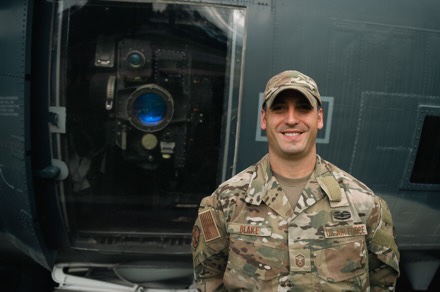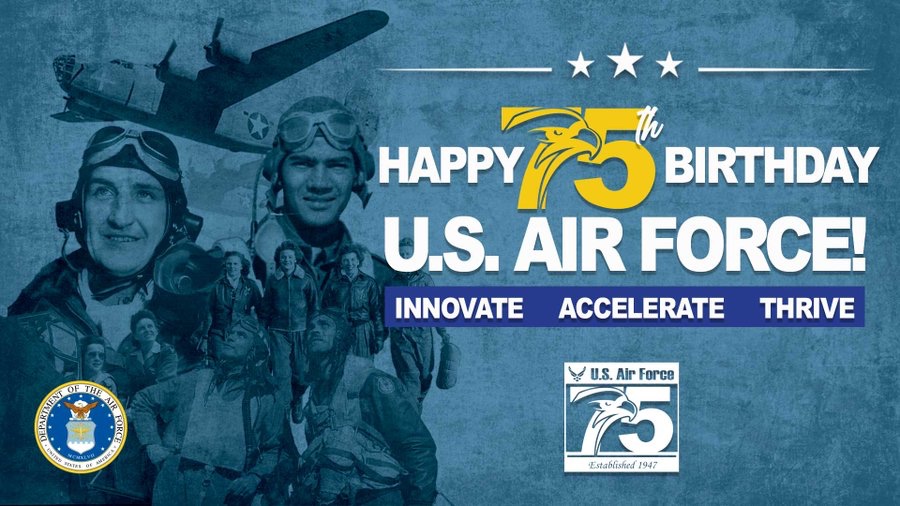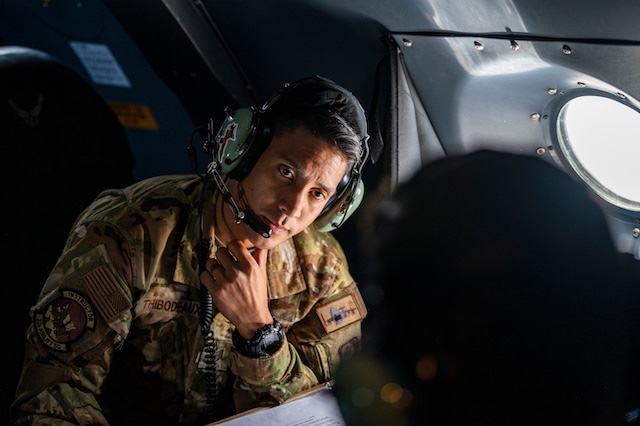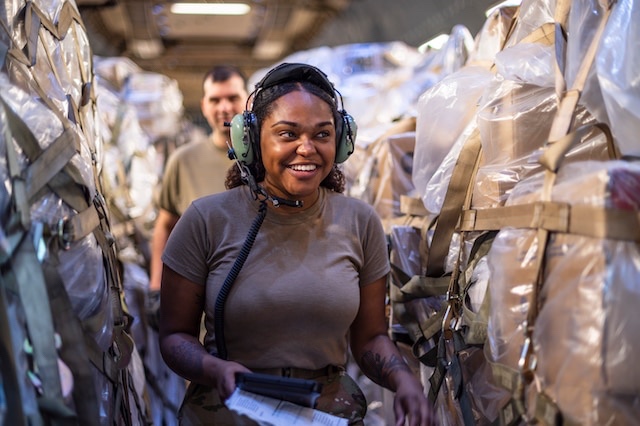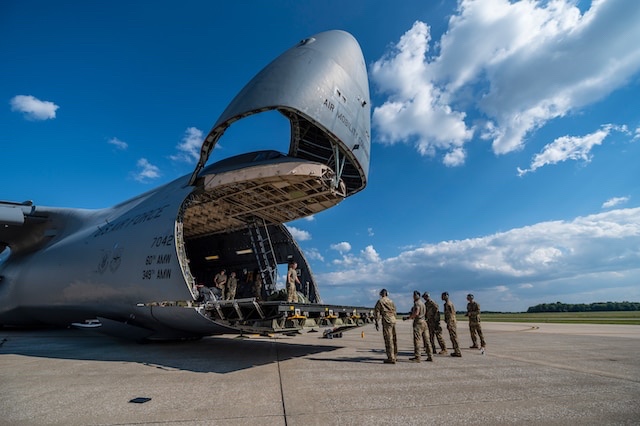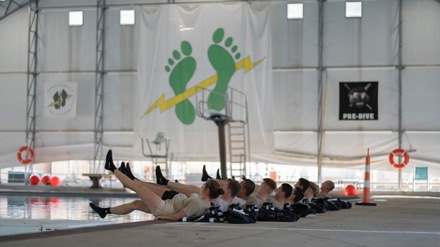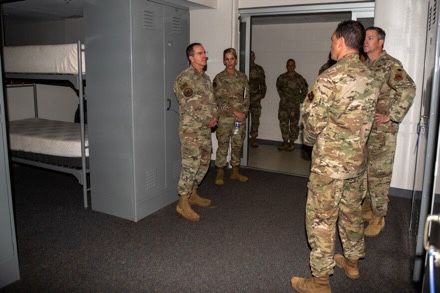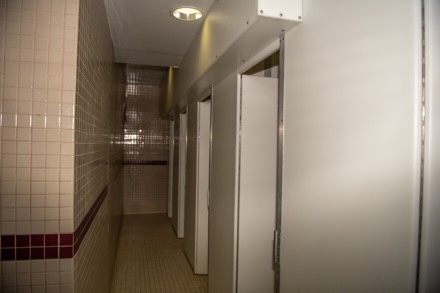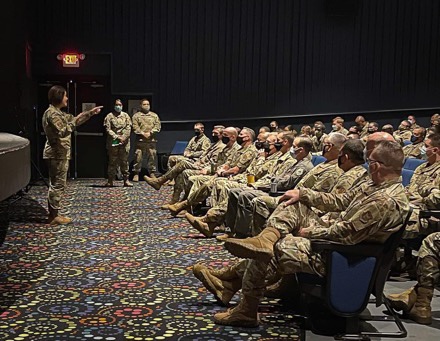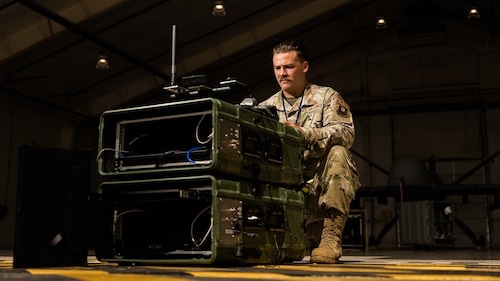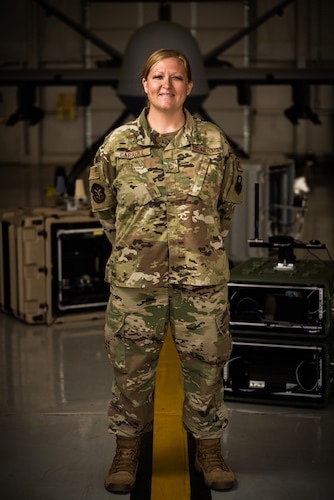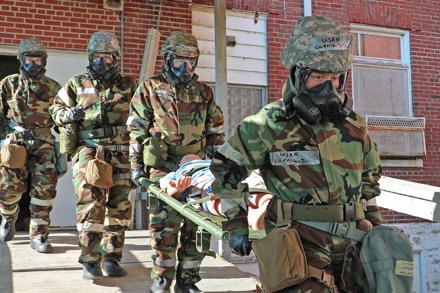JOINT BASE SAN ANTONIO-RANDOLPH, Texas —
Historically, recruiting Airmen for Special Warfare career fields has been as tough as the Airmen who fill its ranks. So when Air Force Recruiting Service entered fiscal 2022, it organized a team in its Operations division here to inspire, engage and recruit future SW Airmen.
That team, called the SW branch, is reporting some progress despite headwinds that have characterized one of the toughest recruiting years in Air Force history for all career fields.
The selection process and relatively small size of the Air Force Special Warfare community compared to other career fields make members an elite class of warriors. So AFSPECWAR is lesser known compared to its counterparts in the Army, Navy and Marine Corps.
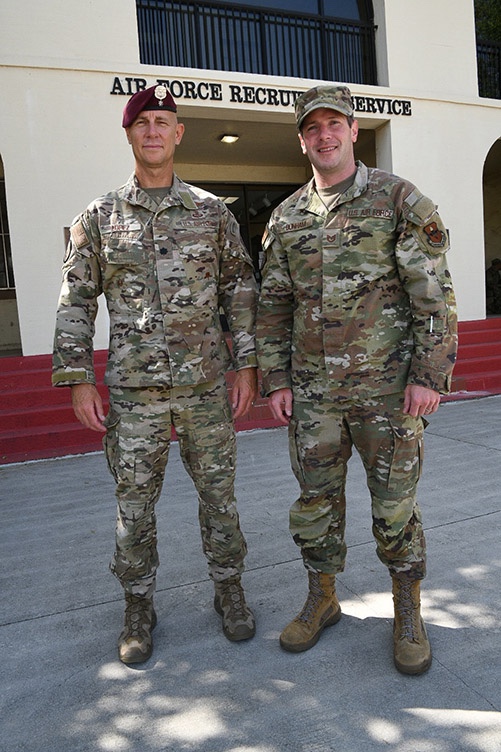
“We needed to share the story of our community, its feats of heroism and no longer be ‘quiet professionals’,” said Lt. Col. Joe Lopez, SW branch chief. The former Army Ranger and current Air Force combat rescue officer by trade, designed the 2022 plan to recruit aspiring Airmen for AFSPECWAR from within the Air Force as well as non-prior service future Airmen.
Unlike most branches at the AFRS headquarters, SW branch members visited universities and military installations where they met with all demographics while local Air Force recruiters focused on traditional recruiting methods. Overall, SW branch is searching for people with grit and determination who have the aptitude, mentality and physicality to endure the requirements of entering the SW career fields.
Those career opportunities include Combat Rescue, Special Tactics, and Tactical Air Control Party officer career fields as well as Pararescue, Combat Control, Special Reconnaissance, and Tactical Air Control Party enlisted career fields. In addition, the branch also supports recruitment for enabler Air Force Specialty Codes such as Survival, Evasion, Resistance, and Escape, along with Explosive Ordnance Disposal enlisted career fields.
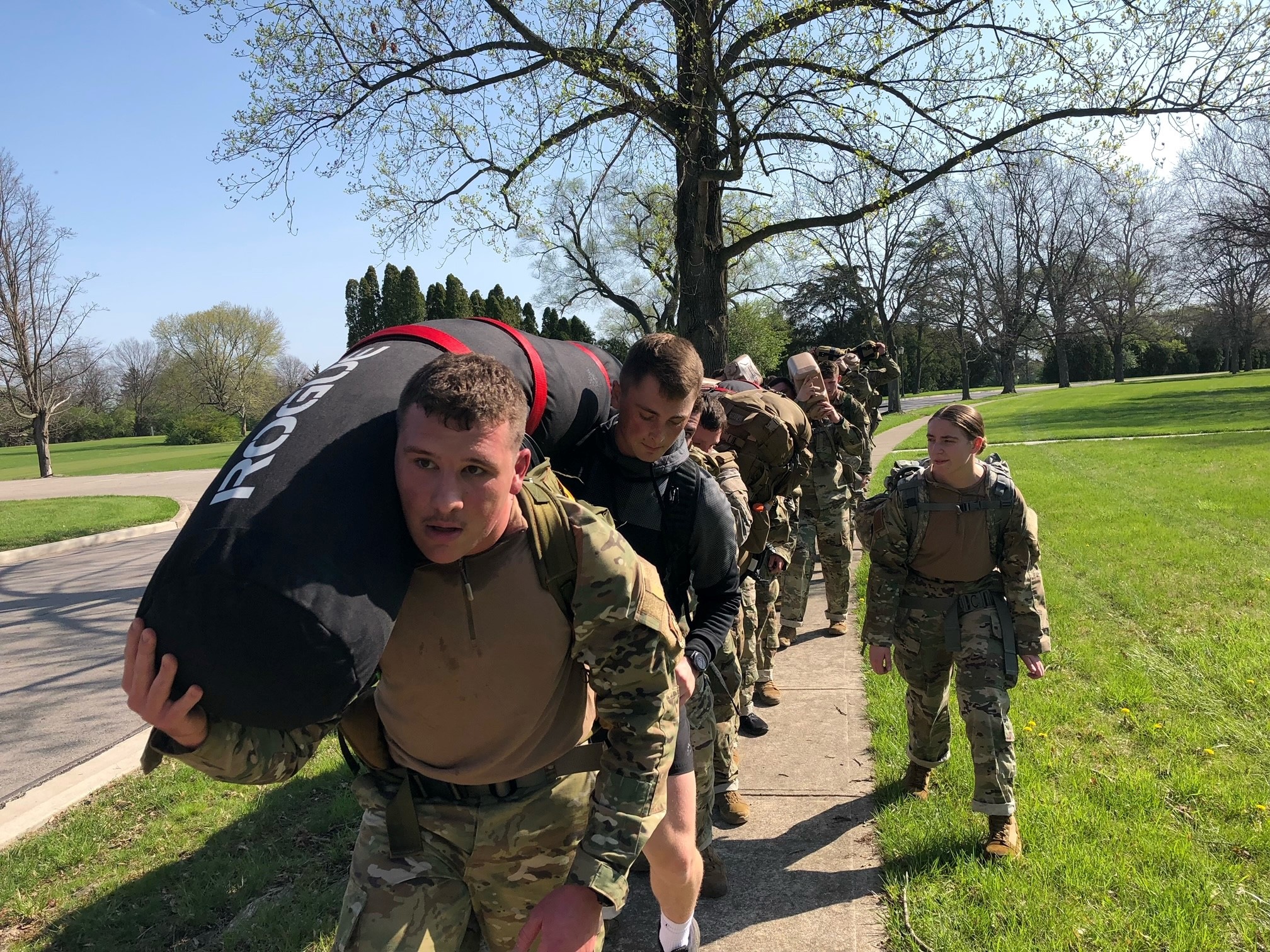
Specific to enlisted career fields, qualified applicants will enter the Special Warfare Operator Enlistment vectoring program designed in 2020 to streamline the enlistment process. This begins in the pre-accession phase where recruiting development teams identify potential SW candidates and begin the process to prepare them for the rigors of the Special Warfare training pipeline and later, their designated career field.
AFRS and the AFSPECWAR community aim to create a competitive model in the SWOE “Development Pool” where interested civilians strive to be sufficiently mentally and physically fit so they can be the next AFSPECWAR operators.
Part of the need and desire to move out more aggressively than before is because the Air Force has struggled to meet its goal for enlisted and officer ranks in AFSPECWAR.
“The intent of these outreach efforts is to establish rapport with interested applicants, give them insight on how to train smartly, and expose them with introductions to some of the physical challenges that they may experience while being screened and assessed so they’re better prepared mentally to overcome adversity during those trying times,” Lopez said. “All too often, we hear ‘I didn’t know the Air Force had this capability,’ so we are working to inspire, connect, develop and recruit future candidates into AFSPECWAR before they ship to Basic Military Training.”
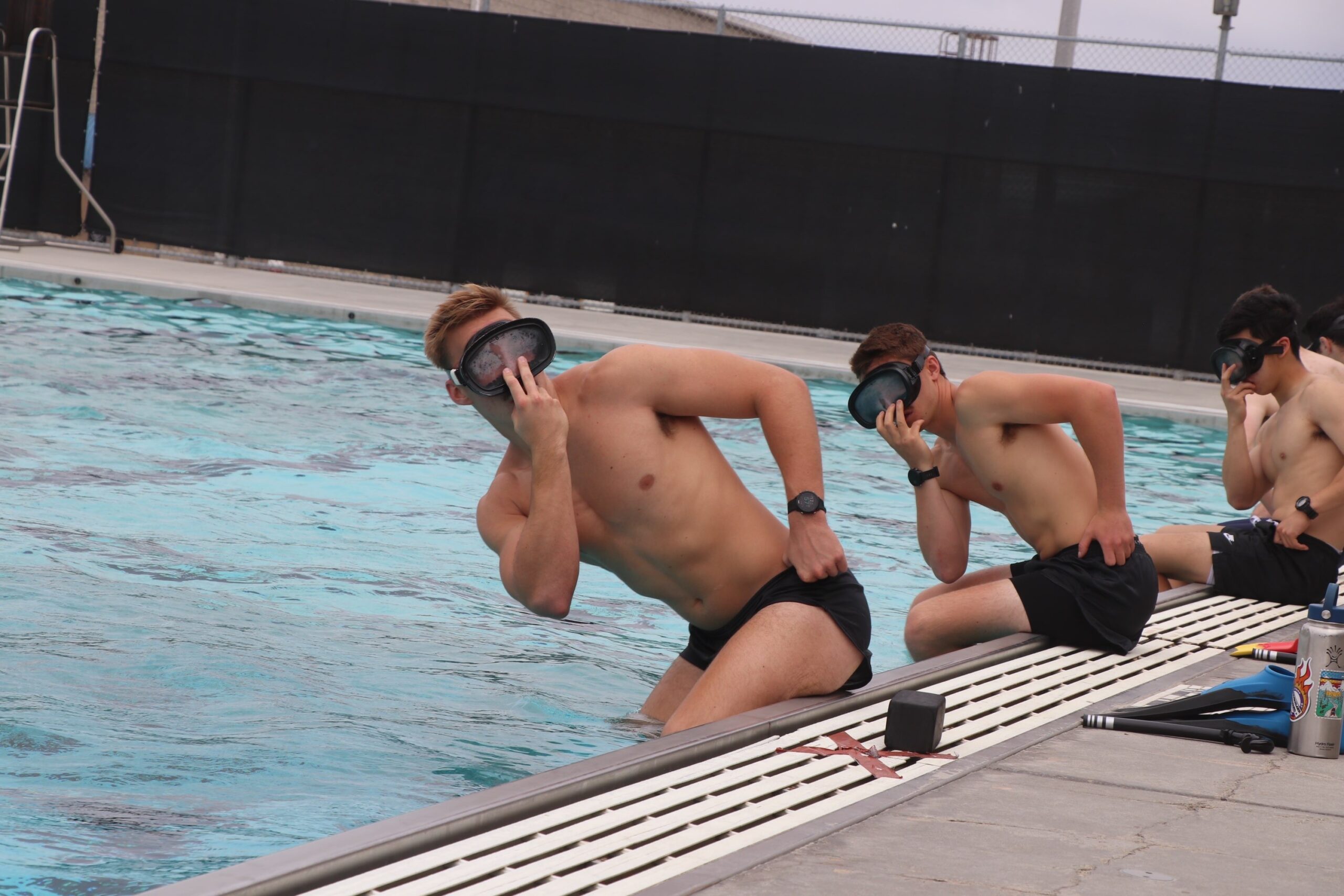
Lopez’s team includes veteran recruiters who are familiar with the challenges of recruiting SW Airmen. “Recruiting special warfare Airmen for the Air Force is very difficult, because most civilians have only heard about Navy SEALs and Green Berets,” said Master Sgt. Kenneth Babb, SW branch superintendent and former SW recruiting flight chief. “Few have ever heard about this very small community of elite warriors inside the Air Force. We know that there are people out there who want to serve in the military as a ground combatant and we need them to know that there are opportunities for them in the Air Force.”
Circumstances dictated the need for a new, innovative approach and plan that synchronized the worldwide effort to recruit SW Airmen.
“This is the very reason AFRS stood SW branch up and we hit the ground running,” Lopez said. “In our first year alone, we engaged with almost 1,300 cadets in 42 different Air Force ROTC detachments to recruit potential special warfare officers,”
The SW branch also visited 10 different Air Force bases and met with more than 200 Airmen to conduct in-service recruiting for enlisted Airmen and officers.
Simultaneously, Lopez and his team supported initiatives to elevate public awareness and engage new enlistees. The SW branch helped AFSPECWAR obtain trademark approval for a new logo and was involved in the Air Force’s decision-making process to increase SW initial enlistment bonuses from $15,000 to $50,000.
“Our main goal is to streamline the process from recruiting America’s highly talented applicants to enter the Air Force and begin their journey, in the hopes of becoming an AFSPECWAR Airman,” Lopez said. “We truly believe that if we can improve AFSPECWAR’s brand awareness and promote the opportunities special warfare careers offer, then recruiting will be much easier.”
SW branch members said that, overall, AFSPECWAR’s most difficult challenge is recruiting SW Open Enlistment candidates. SW recruiters are spread throughout the U.S. where they need to bring in roughly 1,000 non-prior service recruits each year.
“I was blown away by the effort a recruiter puts into shipping a SWOE candidate,” said Master Sgt. Matthew Voss, a SERE specialist assigned to the SW branch. Before Voss was assigned to AFRS, he served as a flight chief for the SERE Specialist Orientation Course at Joint Base San Antonio-Lackland’s Chapman Annex. He is the first SERE specialist assigned to AFRS.
“The Airmen of AFSPECWAR are absolutely critical when a conflict kicks off and we need to ensure that we have sufficient Airmen ready for the next conflict,” Voss said. “That all starts with recruiting.”
By Air Force Recruiting Service Public Affairs, Air Force Recruiting Service
